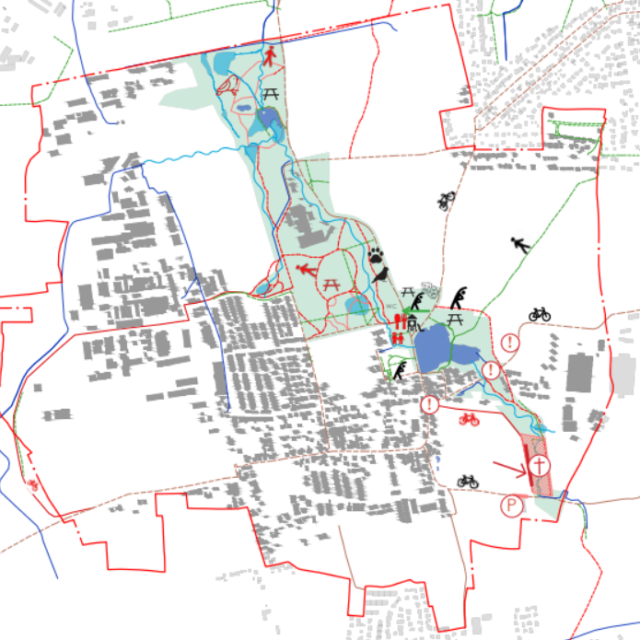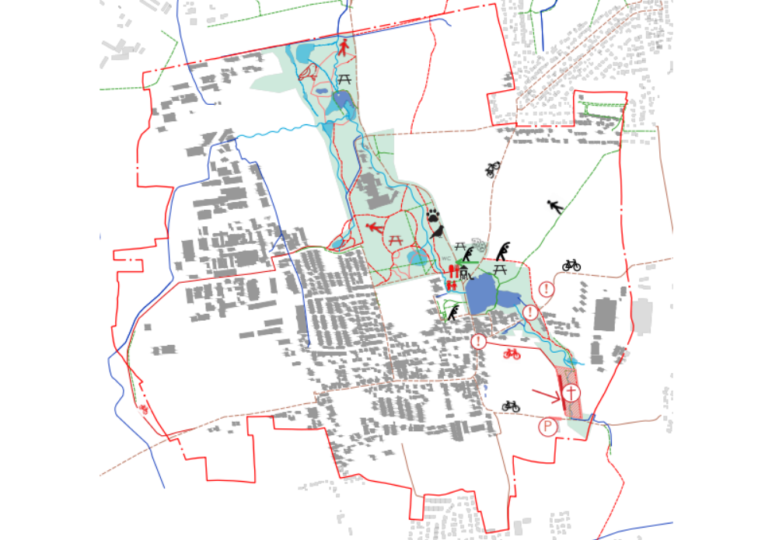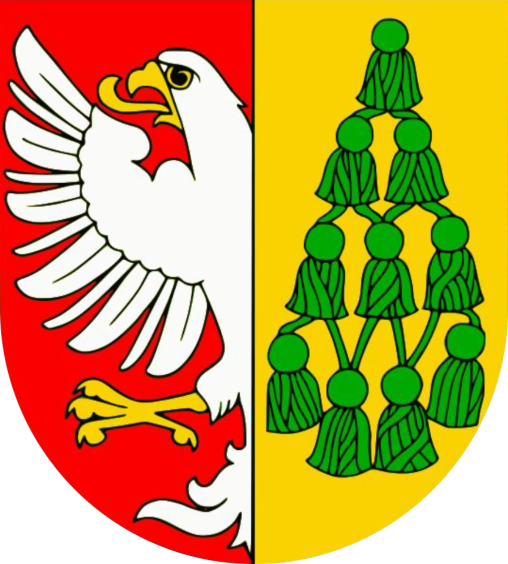The green backbone of Vestec
The green spine is a multifunctional element that will support the ecosystem services of the territory, strengthen the territorial system of ecological stability, improve the retention capacity of the landscape, create space for human recreation, and create a basic system of settlement greenery. It is part of the 2014 landscape plan and was incorporated into the 2018 master plan.
It's just another part of the work we need to do to restore the landscape. It is an outline of other ways we can improve the landscape we live in and our children will live in.
"The territory is always best known by those who live in the territory." Ing. Klára Salzmann, Ph.D.
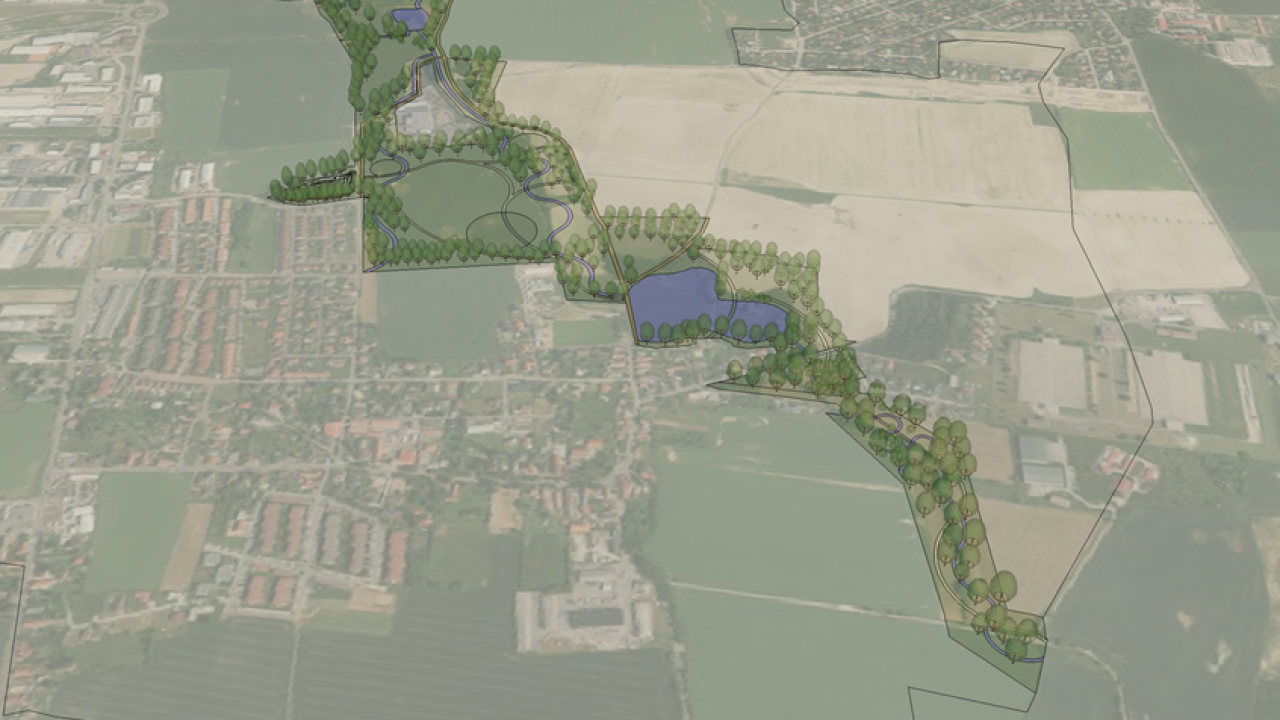
A public presentation of the current situation and an explanation of the principles of possible solutions for the entire Olšanský Brook catchment area in Vestec took place on Wednesday 15 February 2023 in the BIOCEV hall.
Update and revision of the content of the Green Spine of Vestec as of December 2022
Interview with Ing. Klára Salzmann, Ph.D., author of Landscape Plan (2014) and Green Spine
Video recordings of the interview with Ing. Klára Salzmann, Ph.D. (April 2022):
Important analyses from the Landscape Plan (K. Salzmann et al., 2014)
Territorial system of ecological stability
ÚSES, whose constituent elements (biocentres and biocorridors) should form the backbone of the ecological stability of the landscape - an interconnected network of close to nature and natural areas allowing the long-term existence and migration of many native species of plants and animals is in its current form (2014) in the area of. Vestec is not functional. Compiled by three local biocentres and four local biocorridors. However, all of the defined biocentres are functional only to a small extent and most of the area they cover is now used as arable land. Similarly, although all four of the designated biocorridors run along watercourses or grasslands, their width falls far short of the minimum parameters for these types of biocorridors to enable them to function effectively in the landscape.
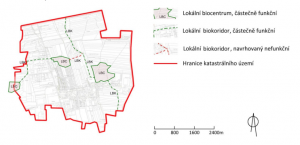
Natural elements
At present (2014) the area of natural and close-to-nature elements in the landscape of k. ú. Vestec is very small to insignificant and the elements that are there may lose their residual value, function and significance with any further anthropogenic load. The individual nature features are currently isolated from each other and do not form any interconnected whole. However, the proposed landscape plan supports and enhances these natural features so that they too small "patches of nature" in the midst of an industrialised, built-up and heavily human-altered and intensively used landscape have great potential become small centres of biodiversity and ecological stability for the whole area of interest and the wider surroundings.
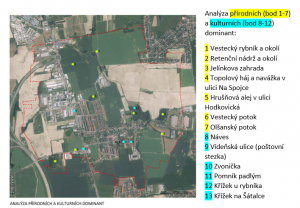
Water retention in the landscape
The area has virtually zero natural capacity to retain and store surface water. The basic idea of the current (2014) stormwater solution in the study area is to divert all the water that falls here to the lower part of the watershed without regard to further downstream impacts.
The new landscape plan, which proposes to create retention basins at the centre of the future green spine, should help address this. The reservoirs would be used to retain water in the landscape and create the setting of a generous landscaped park that would be lined with mature vegetation, with meadows and water features inside as a retention basin, which would not be used for swimming but rather to create a new aquatic habitat full of vegetation and animals.
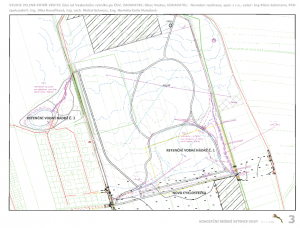
Green Spine (Landscape Plan, 2014)
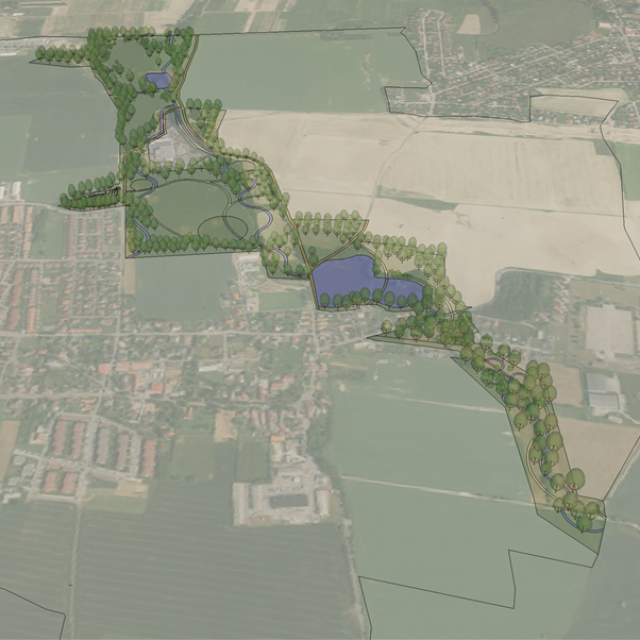
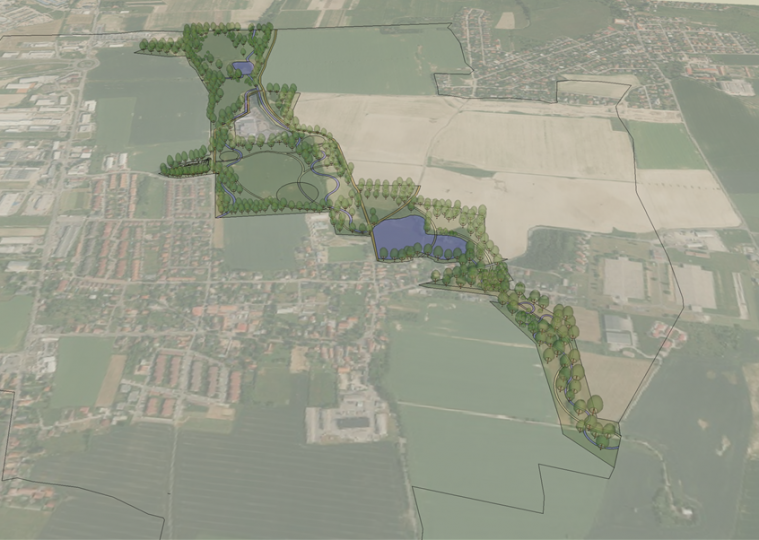
Landscape plan (2014) - green spine
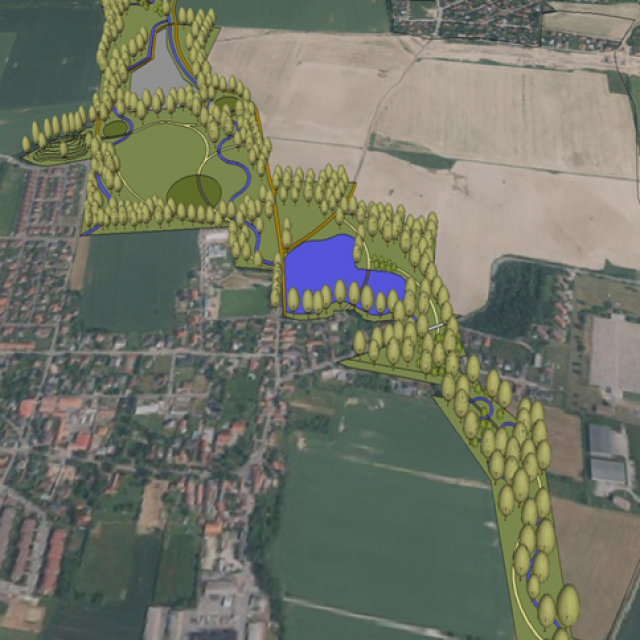
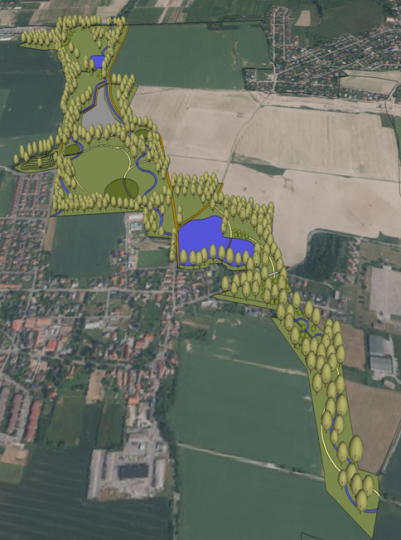
Green Spine - Proposal (2014)
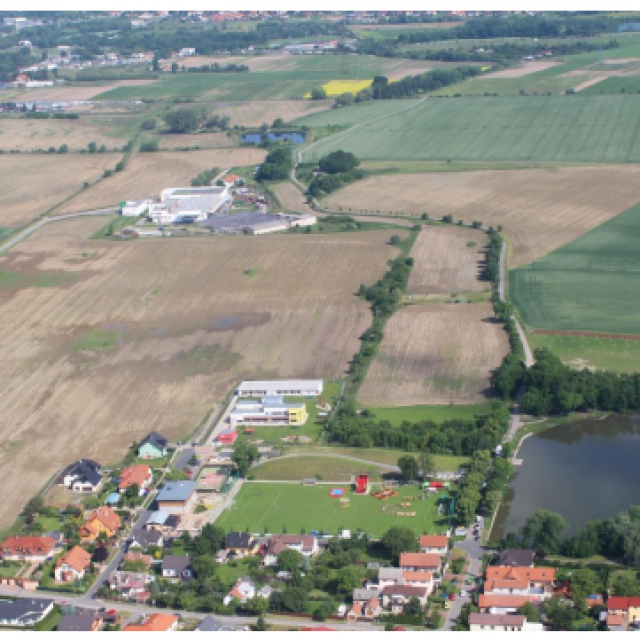
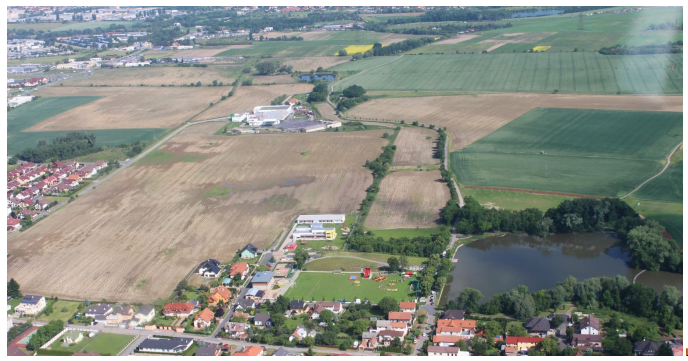
aerial map - real state (2014)
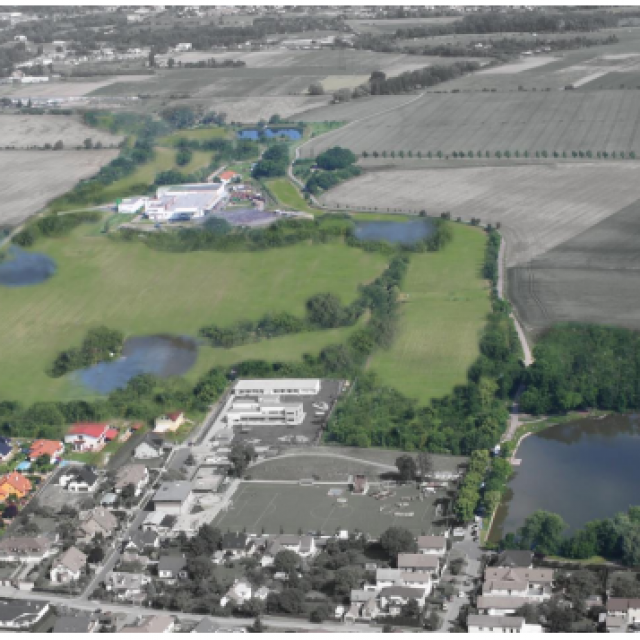
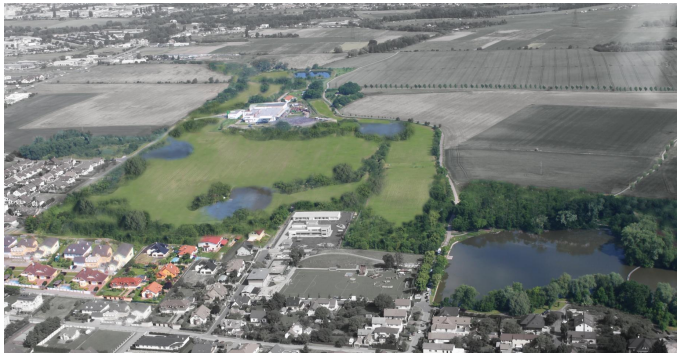
aerial map - proposed green spine (2014)
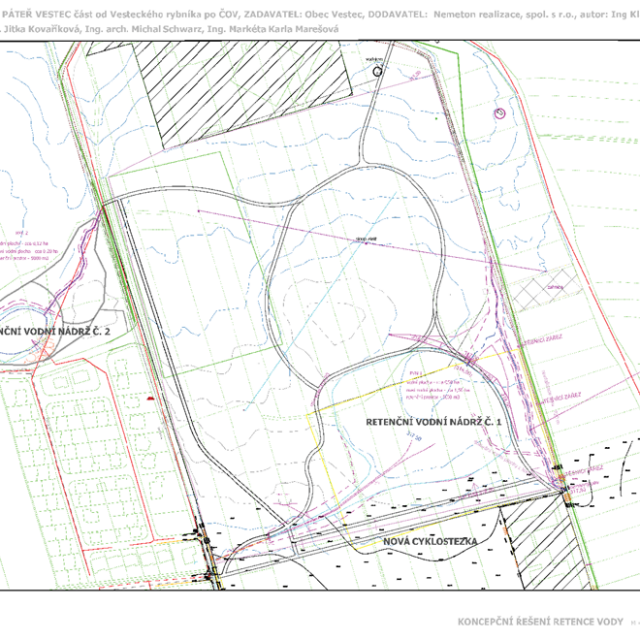
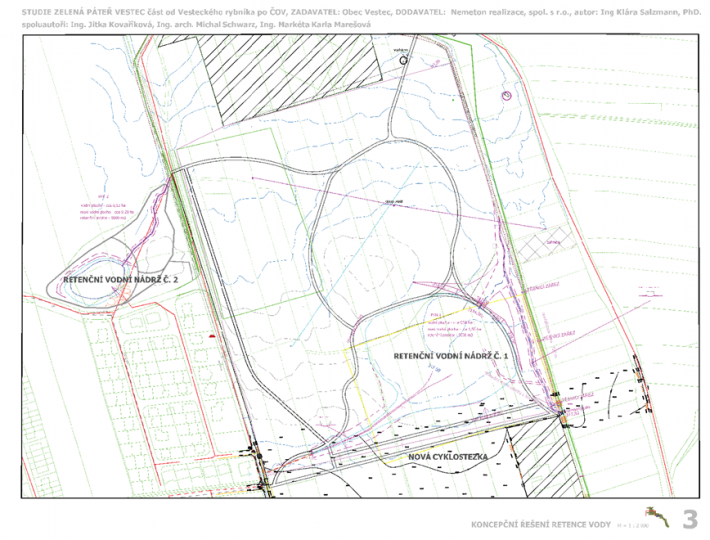
design of water retention solution in the central part under the kindergarten (2014)
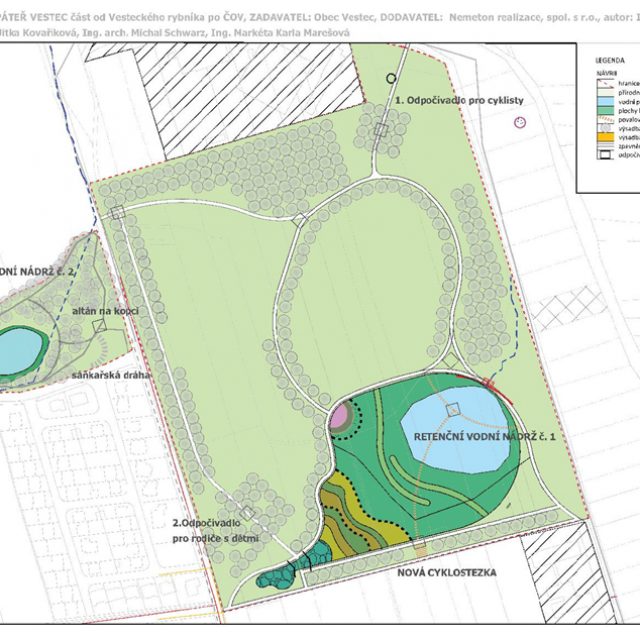
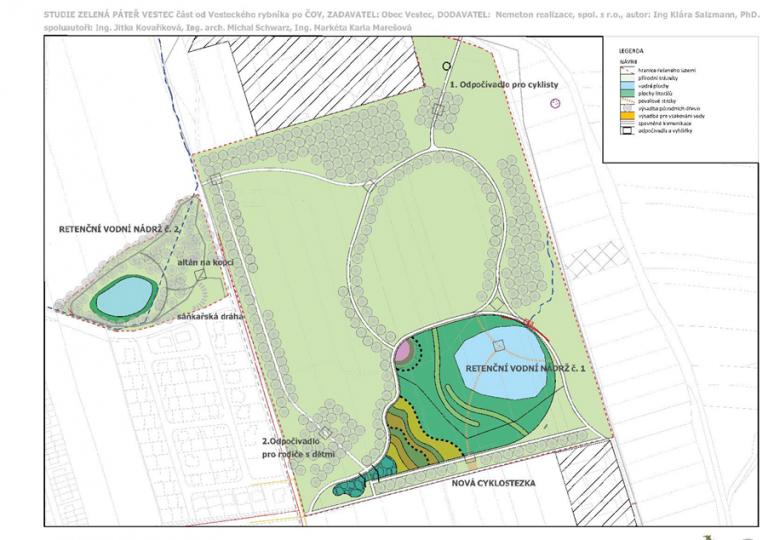
design of water retention solution in the central part under the kindergarten (2014)
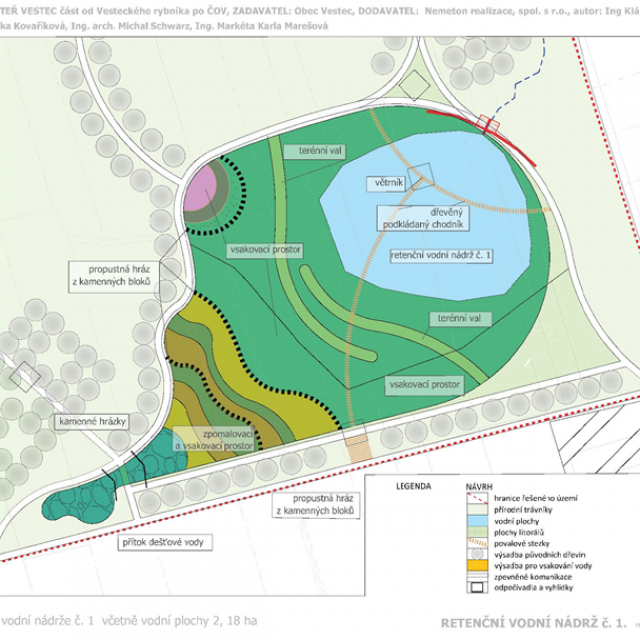
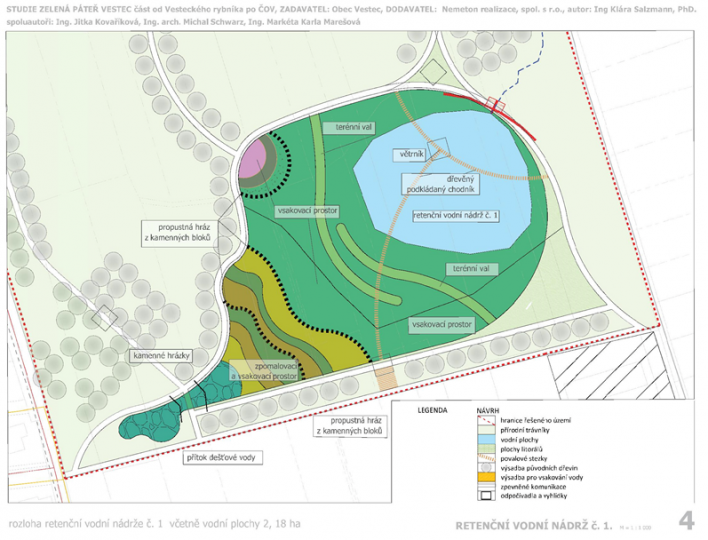
detail of the proposed retention tank 1
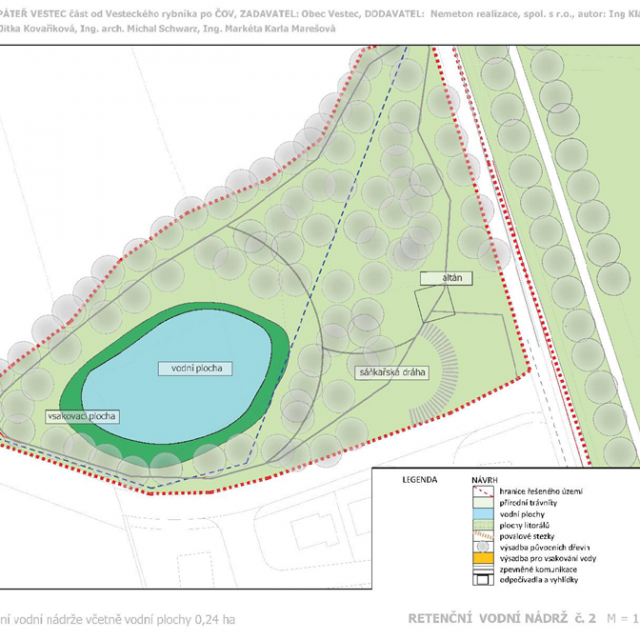
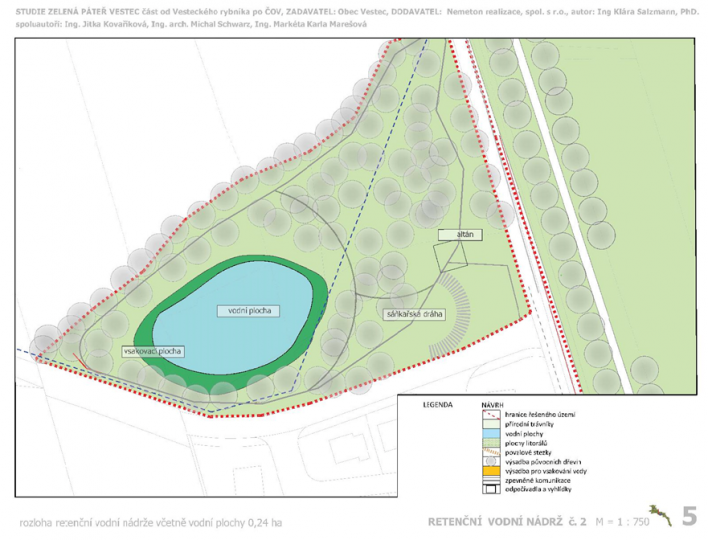
detail of the proposed retention tank 2
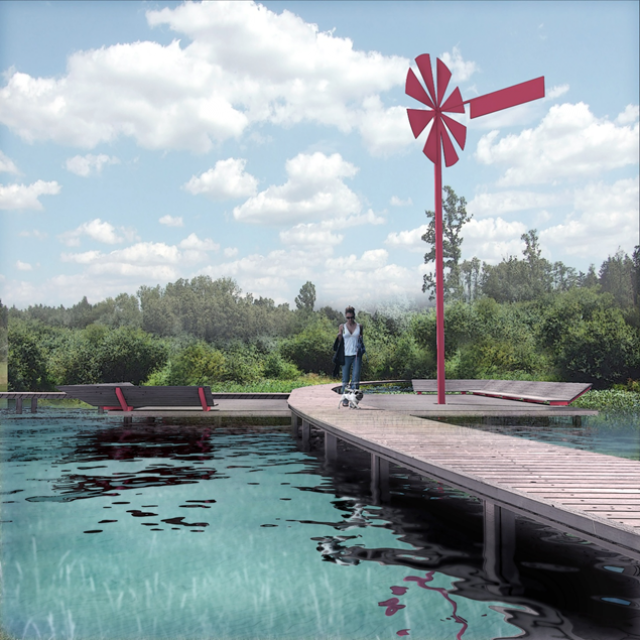
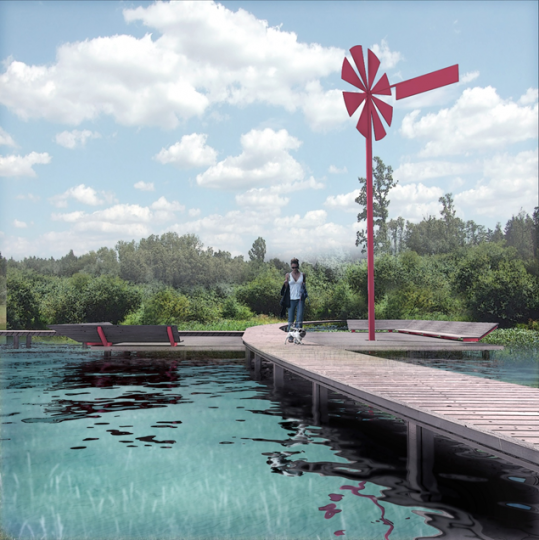
illustration photo - pier with windmill in the central part of the green spine
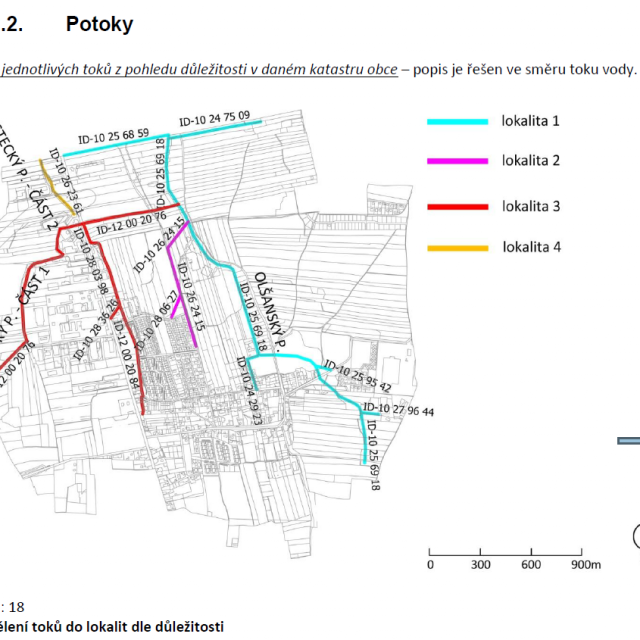
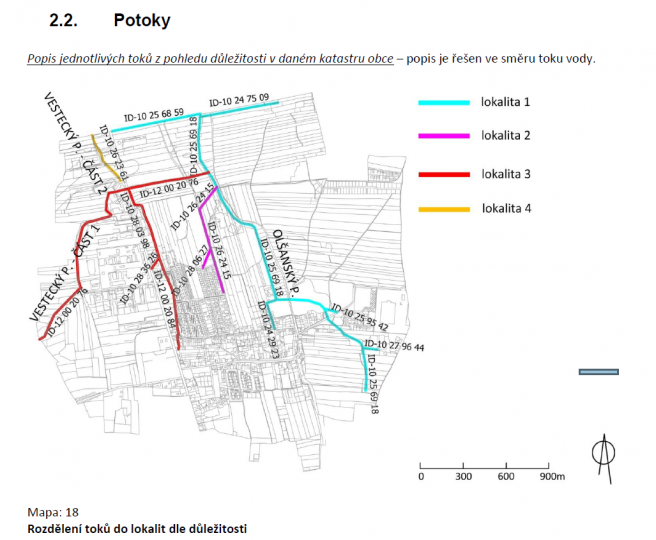
analysis of watercourses in Vestec (landscape plan, 2014)
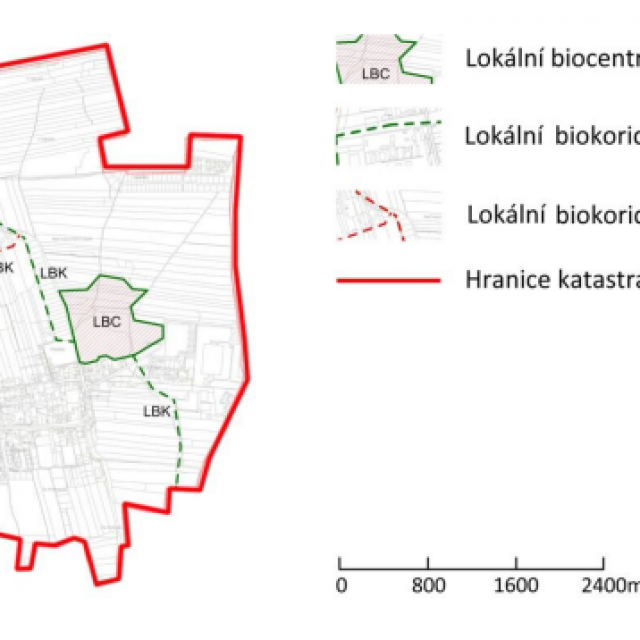
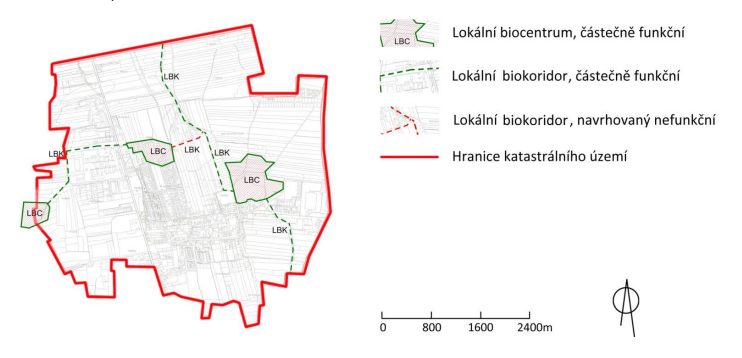
UES analysis (Landscape plan, 2014)
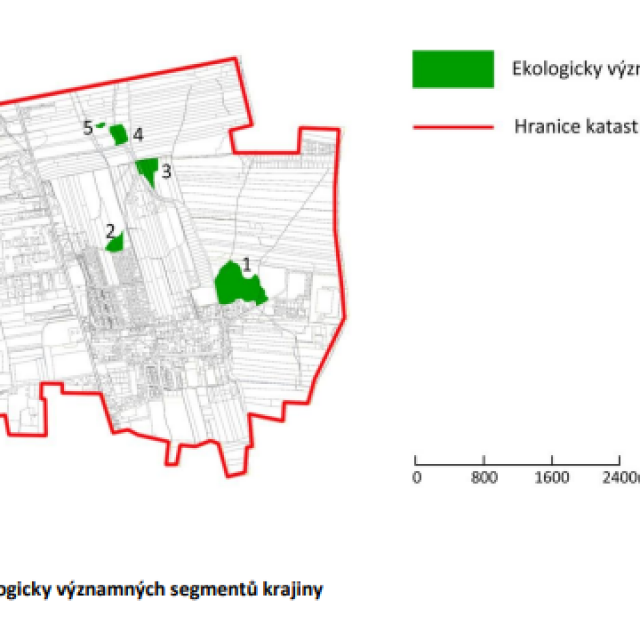
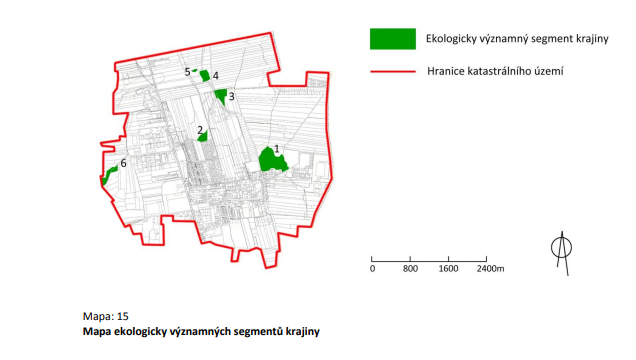
analysis of ecologically significant segments in Vestec (Landscape plan, 2014)
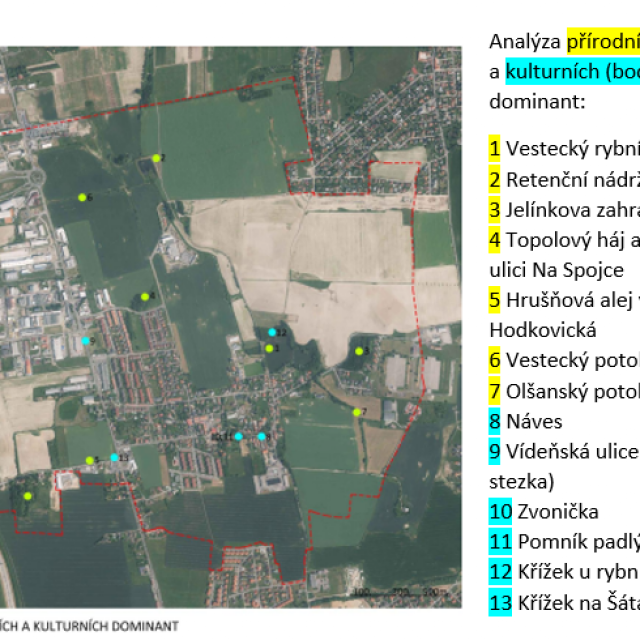
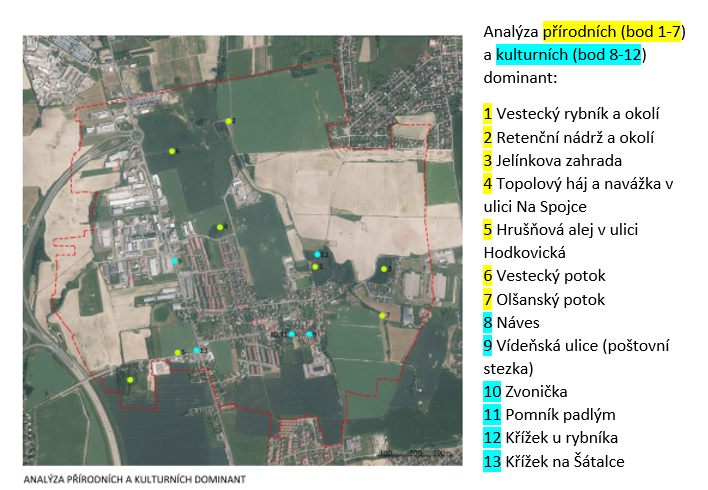
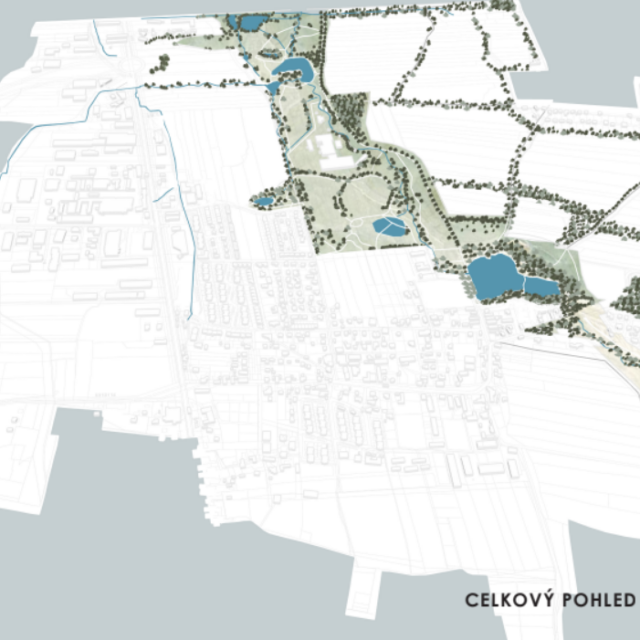
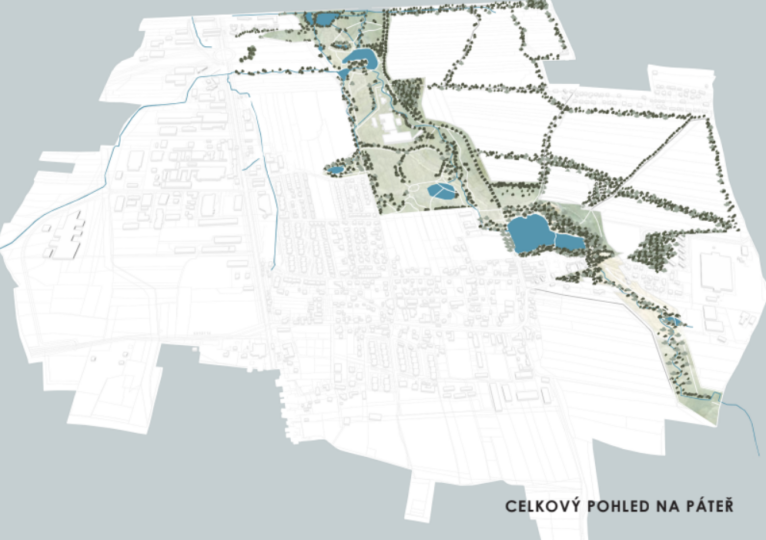
Overall view of the planned area (2023)
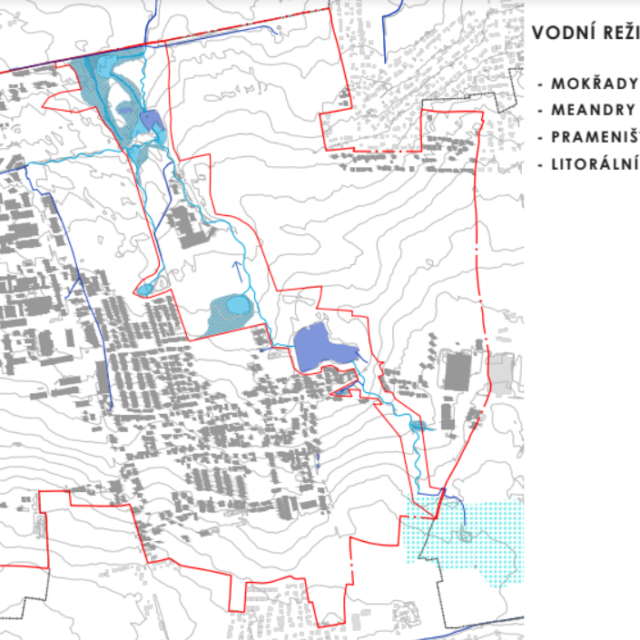
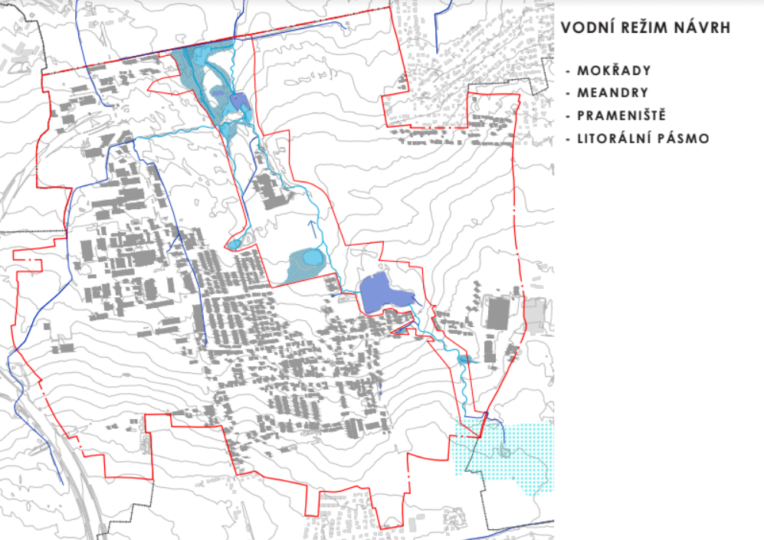
Planned water regime in the area (2023)
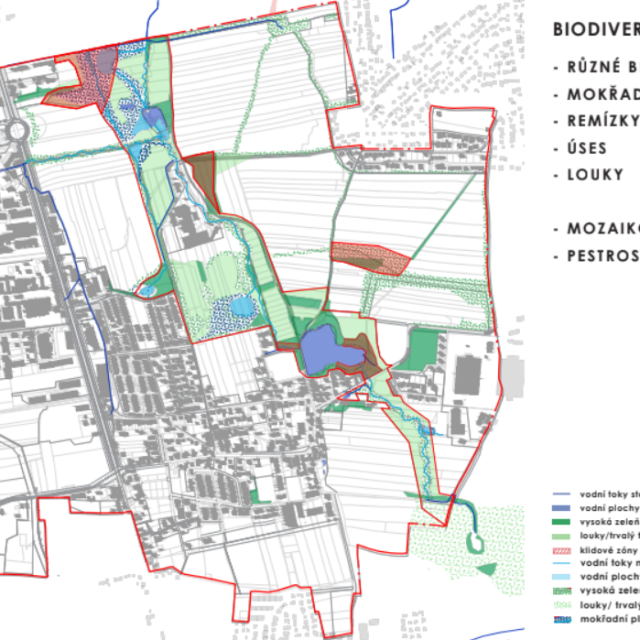
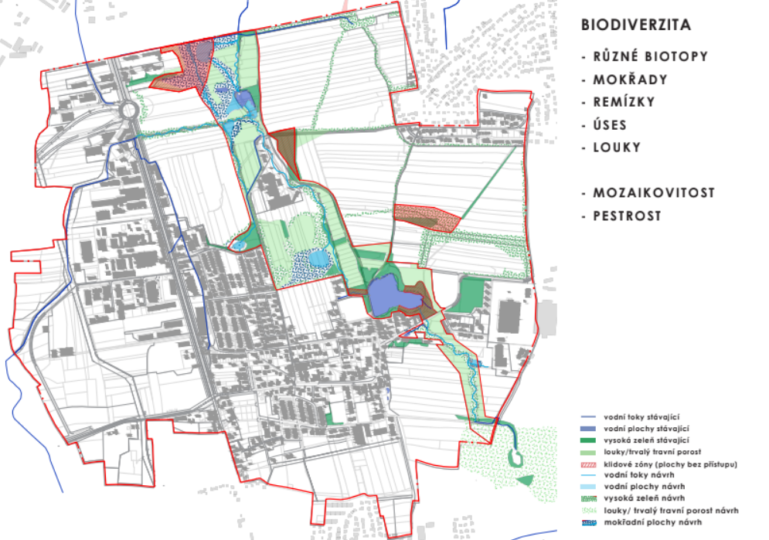
Territorial Biodiversity Scheme (2023)
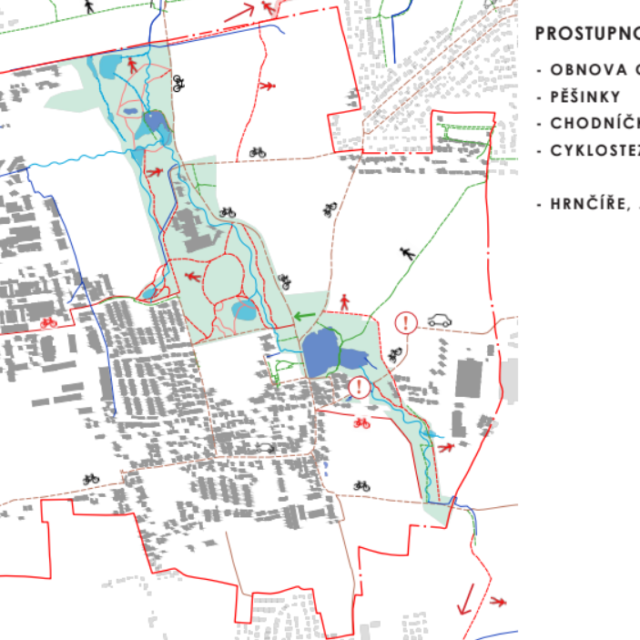
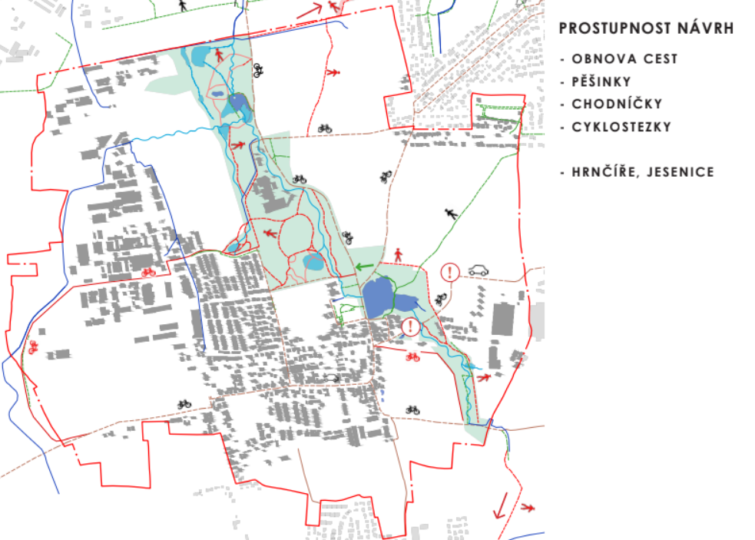
Schematic representation of the permeability of the territory (2023)
